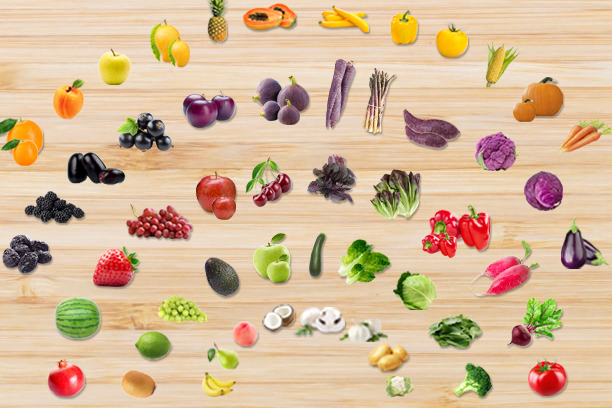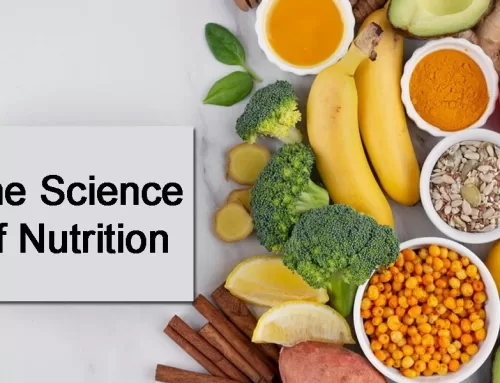Did you know that incorporating colour into your diet can help you live a longer and healthier life? Because they contain phytonutrients, molecules that give plants their rich colours and their distinct tastes and fragrances, colourful fruits and vegetables can present a lovely picture of health. The immune system of plants is also strengthened by phytonutrients. They defend the plant against hazards in its natural environment, such as illness and too much sunlight.
Phytonutrients in plant foods protect humans from chronic diseases. Anti-cancer and anti-heart disease properties are found in phytonutrients.
Yash Birla believes that eliminating a whole colour group of food is not advisable because you might lose vital nutrients.
He makes sure to have a balanced food plate because of the various benefits of a colourful diet. Furthermore, epidemiological research suggests that eating habits rich in fruits and vegetables are linked to a lower risk of numerous chronic diseases, including cardiovascular disease, and may even be protective against certain cancers. Listed below are the benefits of a colourful diet:
- White fruits and vegetables
White fruits and vegetables have nutrients that have been shown to decrease harmful cholesterol and blood pressure in the body. They also help to enhance your immune system. White fruits and vegetables provide nutrients that reduce the incidence of colon, prostate, and breast cancer. Even though the fad diets advise eliminating the white food group, they are essential and should always be included in the diet, says Mr Yash Birla.
White Vegetables: potatoes, onions, cauliflower, garlic
White Fruits: bananas, white peaches, pears
- Green fruits and vegetables
Green fruits and vegetables are good for your eyes and help you avoid age-related macular degeneration. Green leafy vegetables also contain folic acid, which is essential for pregnant women since it lowers the risk of a birth problem in their child. Green vegetables and fruits include critical nutrients that protect you from cancer and excessive levels of bad cholesterol, regulate digestion and improve immune system performance. Yash Birla swears on the benefits of green vegetables, as they are an amazing vegetarian source of protein.
Green Vegetables: broccoli, spinach, cabbage, lettuce, Brussels sprouts, green beans, cucumbers, zucchini, peas, green pepper
Green Fruits: green apples, kiwi, green grapes, lime, avocado
- Red fruits and vegetables
Our hearts are protected by red fruits and vegetables. Antioxidants included in the red colour of most fruits and vegetables lower the risk of atherosclerosis, hypertension, and high cholesterol. They also protect against heart disease and boost brain function while also lowering the risk of developing various types of cancer, including prostate cancer.
Red Vegetables: tomatoes, radishes, red cabbage, beetroots
Red Fruits: red grapes, strawberries, watermelon, cherries, raspberries, pomegranates, cranberries, red apples
- Blue and purple fruits and vegetables
Heart disease, stroke, and cancer can all be prevented by eating blue and purple fruits and vegetables. Blue and purple fruits and vegetables are beneficial to your memory and help you age gracefully. This diet also promotes healthy digestion and urinary tract health.
Blue and Purple Vegetables: eggplant, purple cabbage, purple potatoes
Blue and Purple Fruits: blackberries, blueberries, purple grapes, plums, raisins, figs
- Orange and yellow fruits and vegetables
Orange and yellow fruits and vegetables are high in nutrients that protect your nervous system, support eye health and help you avoid heart disease. They also aid in the maintenance of skin health, the immune system, and the development of strong bones.
Orange and Yellow Vegetables: carrots, pumpkin, sweet corn, sweet potato, yellow pepper, yellow tomatoes
Orange and Yellow Fruits: yellow apples, apricots, oranges, grapefruit, peaches, mangoes, papaya, pears, pineapple








Leave A Comment